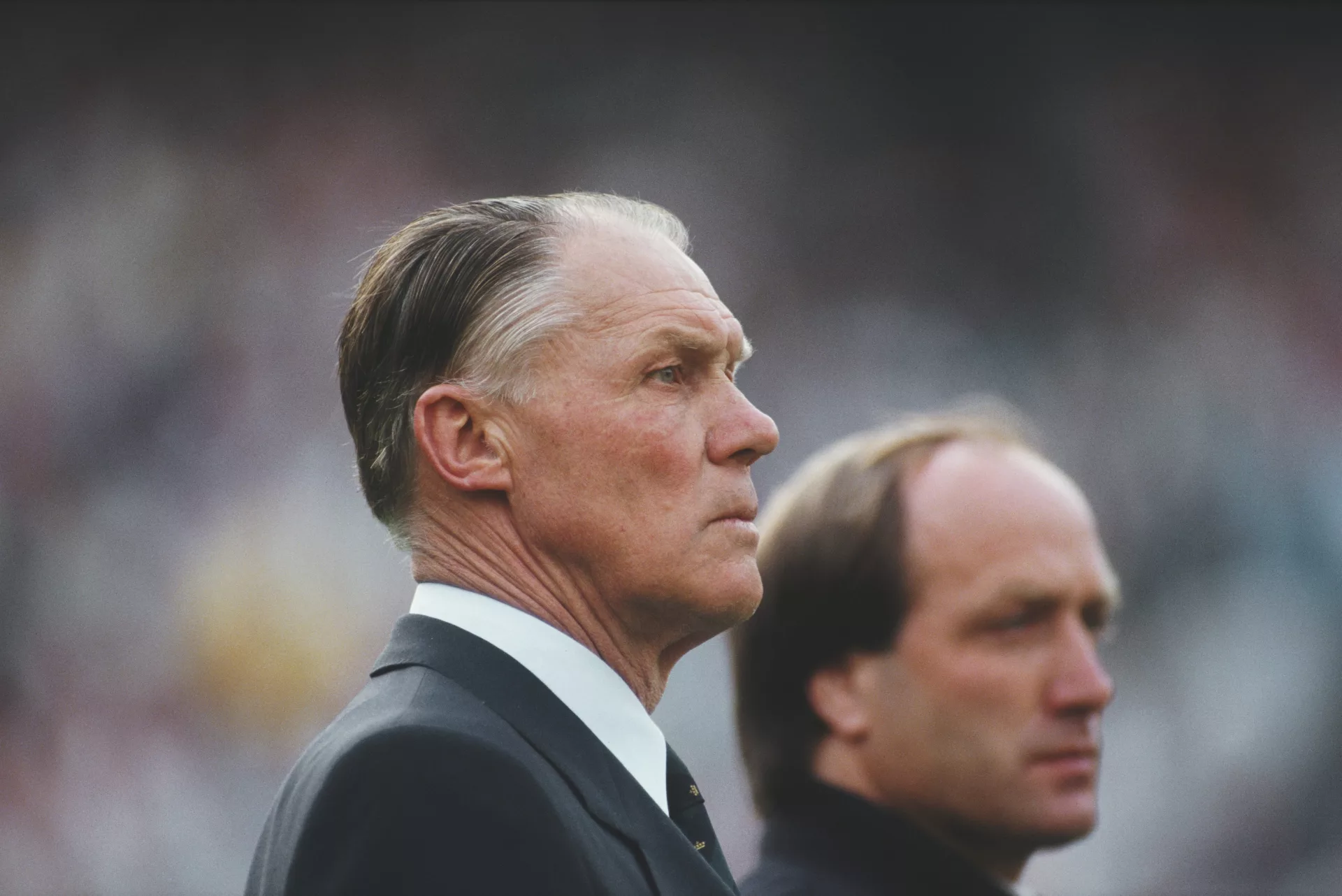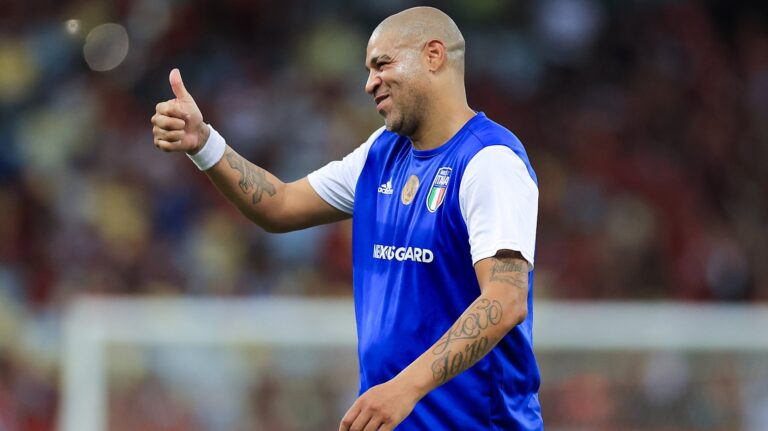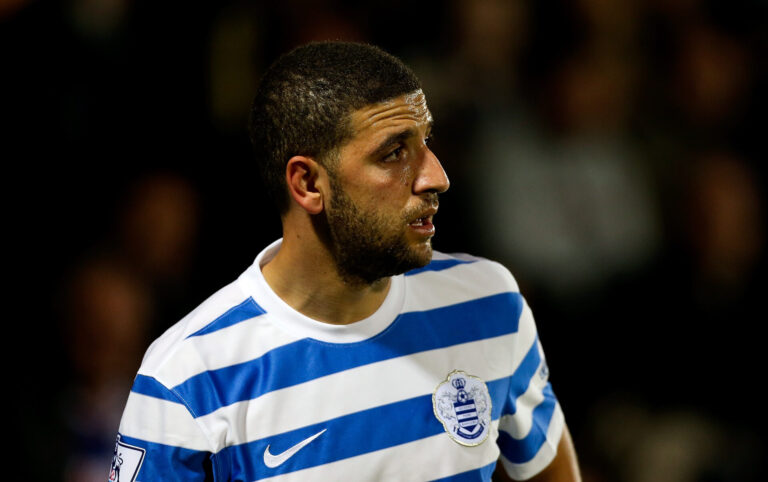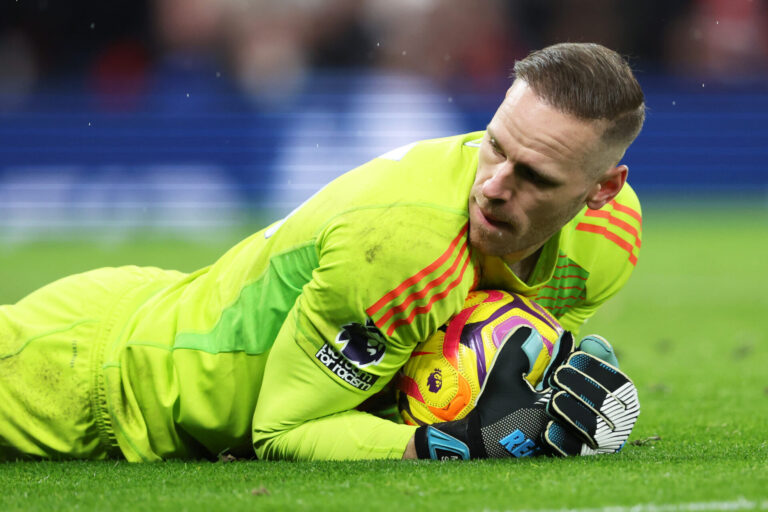Rinus Michels: The Godfather of Total Football
“There is no one I learnt from more than Rinus Michels. I often tried to imitate him, and that’s the greatest compliment one could give”
~ Johan Cruyff
“Football is something like war. Whoever behaves too properly, is lost” said Rinus Michels, the coach of the century named by FIFA in 1999. Fighting and planning were the real essence of his Total Football. It helped him to be the man responsible for Ajax’s rise to international prominence. Holland wouldn’t have turned into a premier football nation without him.
Until the 1960s, the Dutch were no more of a force than a bottom-ranked national team. Despite their skills, the Dutch were amateurs. They played impassive and stolid football with outdated tactics. Michels altered that by sheer willpower, organizational prowess, and un-Dutch drive for victory.
He brought Holland into the modern era and elevated it to the status of the most inventive and creative nation. Not only that but he inspired generations to a level that Johan Cruyff stated he was trying to incorporate his style in Barcelona. Pep Guardiola’s teams seem to have taken notes from Michels’ approaches.
So, what was the secret behind Rinus Michels’ coaching philosophy? And why did his football seem so distinctive from everyone else’s?
Who is Rinus Michels?
After playing football in the Amsterdam streets, Rinus Michels, aged 12 years old, was invited to join the Ajax youth team in 1940. After six years, he was able to enter the senior level and play as a striker for the club. The Dutchman wasn’t known for his talent and his gifted skills, but he was a hard worker on the pitch and didn’t hold back on giving everything for his team as he recorded 122 goals for Ajax in 264 appearances.
His work rate earned him the honour of representing the Dutch national team five times. In 1958, Rinus Michels was forced to hang his boots due to a back injury. Then, he decided to dive into the coaching universe where he is going to establish a total tactical utopia.
Totality
It has to be stated that no style of football has had as much impact on the game as “Total Football”. The style based on the concept of totality is related to Ajax and the Dutch national team of the 1970s under the management of Rinus Michels. The latter was not more than one of the manifestations of Dutch culture.
Before “Dutch Total Football” there was Dutch total architecture and engineering. Amsterdam School of Architecture was ambitious to build a city that could be seen as a total work of art. The Amsterdam School aimed to create arranged outbursts of geometric shapes and decorations into one majestic design. A Total City.
So, it’s fair to say that Total Football is an embodiment of Dutch Architecture, and that was clear when Jaap Bakema, a Dutch modernist architect, said: “A man has three life questions: What am I? Who am I? Where am I? In this period of Total use of earth and space, balance between use and care can only be given by Total Architecture.” ~Brilliant Orange: the neurotic genius of Dutch football.
Moreover, it’s important to note that the Amsterdam School of Architecture is an anticipation of Rinus Michels’ ideas about combining collective work with individual artistry to sort a total system.
Discipline Comes First
“I remember thinking, He’s changed. The main thing with him now was discipline. Fantastic discipline. Even with the assistant coaches he was like an animal trainer.”
Bobby Haarms, a former team-mate who became his coach
Ajax were already in the middle of a revolution; they were on the cusp of relegation. So, they decided to recruit Rinus Michels as the first part of their modernization trip in 1965. Rinus Michels was very determined and eager for success. He was dreaming about creating his total utopia. Nevertheless, in his first days at Ajax, he had one goal to accomplish: saving the team from relegation.
To do so, some principles had to be ingrained in players’ culture. Being disciplined comes in the first place. Michels was detail-oriented. He knew that building a total system requires taking care of its focal point: the players. Firstly, he wanted to develop their physicality, balance, and motor function, so he brought in a physiotherapist. Michels was aware of the importance of physical condition because he had studied at the Amsterdam Sports Academy, and taught gymnastics before joining Ajax.
The Dutchman was among the first ones to pay attention to the medical aspect of football to keep the players fit for games. Secondly, he made sure to deal strictly with every distraction that could disturb players’ concentration. In addition, Rinus Michels was interested in players’ psychological state, so he got his own office to provide himself as a resort option whenever a player had a problem.
He embraced trial and error learning methodology for sustained improvement. He was embodying the real meaning of professionalism. He had the talent to distinguish between his roles as a gaffer and his responsibilities as a friend to his players. This mix not only helped Ajax to turn into a dominant power in Holland, enabling them to win the Dutch Championship four times in 1966, 1967, 1968, and 1970, but it aided them in spreading their names widely over the continent when they were runner-up of the European Cup final in 1969. That game against AC Milan made Rinus Michels realize that he needs new players with new advanced characteristics in terms of technicality, toughness, and flexibility.
Constant Adjustment for Sustainable Glory
After Ajax’s loss against the Rossoneri, Rinus Michels launched a clear-out campaign to prepare a solid team for the next season. He was looking for strong, unorthodox, and versatile players to come in. So, he brought in Gerrie Muhren, a smart midfielder from Volendam, known for his great work rate to replace Klaas Nuninga. Michels’ admiration for youth led him to promote Ruud Krol to the first team to take Theo van Duivenbode’s place. The latter was an essential piece in the left-back position of the Dutch national team, however, in Michels’ system he was outdated.
Nico Rijnders also took Bennie Muller’s place as a central midfielder. Barry Hulshoff, who used to play centre-back, was benched temporarily due to his lack of hardness and stiffness. Hulshoff once recalled: “Michels wanted me to be harder, meaner, to foul forwards if they beat me. He wanted me to kick a man, just take him out. But I couldn’t and didn’t do it. Maybe some little holding, but not enough. It wasn’t in my character.” Fortunately, Hulshoff developed his ability to read the game well and become a proactive defender which made him acquire the quality of prediction instead of fouling forwards.
Rinus Michels was assessing his players based on their performances in training and real games as he was willing to ditch anyone who wasn’t levelling up to the standards he set or wasn’t showing signs of development. Michels was always planning to create a total team that was expected to be a blockbuster of its generation.
Rinus Michel’s Tactical Astuteness
Rinus Michels’ style is simply a shorthand for the exploitation of space and fluidity of positions; two key components for him to build an irresistible system.
Michels’ Space
The first component: space, is not only crucial in Rinus’ ideology but is a valuable commodity for the Dutch people. It has a special meaning in their culture because it is something they don’t have enough of. The fact that 50% of Holland is below sea level made them cherish every inch of every Dutch city.
Total Football is a microcosm of the way that the Dutch polders, dike buildings, canal networks, and waterways are constructed. It’s all about space. Rinus Michels’ tactical theory was about making the pitch bigger when the team was attacking and smaller when defending. In other words, Michels’ Total Football was a concept based on the idea that the size of any football pitch is variable and depends on the phase of play.
This concept was first used when the military faced the Spanish occupation of Holland in the sixteenth century when they applied a strict dissociation between compact, congested cities and open rural zones. So, the Dutch military forces were using these ideas nearly 400 years before the Total Football concept.
Back in the twentieth century, Ajax and the Dutch National team aimed to stretch the opposition’s lines as large as possible and take advantage of any movement as an opportunity to exploit the disposable space. When they lost possession, they executed the same techniques to tighten the opponents’ space. They pressed in packs chasing them deep into their half to suffocate them in compact zones, regain the ball, and repeat the process as much as possible.
Rinus Michels’ teams were defending with a high line setting an offside trap. For the players, the offside strategy was indispensable in saving their energy. Ruud Krol reminisced: “You don’t have to run back to defend because you are trying to save energy. Instead of running 80 meters back and 80 forward, it’s better to run only 10 in each direction. That’s 20 meters instead of 160.”
Pressing and the offside trap were an offensive weapon for Michels’ team. The press was often led by Johan Neeskens, an aggressive central midfielder, who was ordered to mark the opposition’s playmakers. Once Neeskens shows his intention to pounce, the rest of the defence takes steps forward to catch the opponents offside in case the press is bypassed.
Rinus Michels succeeded in instilling in his players the idea of space exploitation. They were instinctively looking for solutions to deal with gaps when they were defending. And they were accurately computing space and considering every piece within that area. Rinus’ greatness resides in his ability to teach his men how to play intelligently. From the beginning, he was a painter trying to bring into reality an artistic landscape in which every element plays a significant role for the sake of totality. Michels used Johan Cruyff as his plume to control every detail in his painting.
The flying Dutchman was a space engineer. His perception of pitch geometry and his grasping of space made him command his teammates and instruct them about the timing of when they should be and the place where they should operate. Johan Cruyff was assisting Rinus Michels in completing the ultimate portrait in his brain of how the space ought to be systemised which means fluidity of positions.
Positions
Rinus Michels was attempting to establish courage in his midfield and defensive players to build the attack from the back. However, he faced some difficulties, in the beginning, in convincing his players to cover the vacated spaces by their teammates.
He was embracing positional switches. So, he taught them how to be permanently mobile over the ninety minutes, and proved to them the importance of such a concept to ease their way towards the goal. So, while teams were focusing on horizontal switches and rotations like a winger tucking inside, Ajax under Rinus Michels were the first to move and switch as a unit up and down each flank.
He was encouraging his defenders and midfielders to contribute in attacking phases and switch positions smoothly in the middle of the process. When the fullbacks pushed high, the midfielders and forwards had to drop back to cover. The same patterns were executed in the middle when the defenders or the midfielders advanced, the front line must switch their positions. It was an ebb and flow of constant movements.
Everyone defends and attacks. Being tasked with uncomfortable tactical roles helped the improvement of players which made the positional play become a routine. Rinus Michels’ acumen was translated on the pitch by his players fluently pushing up and dropping off, interchanging and positionally moving between the lines to generate perplexing attacking frames and wreak havoc on the opposition’s back line.
Total Football’s Influence
Rinus Michels is not the most decorated coach in the history of the game. However, his impact on it is immortal. Suffice it to say that Johan Cruyff revealed that Rinus Michels was his coaching reference and he was trying to imitate his style. Arrigo Sacchi admitted that he was inspired by his concept of marrying collective work with individual skills which made AC Milan dominate Europe in the late 80s and the beginning of the 90s. Louis Van Gaal derived his total style from Rinus Michels and incorporated it within Ajax in the 90s.
Without forgetting Barcelona with Pep Guardiola, a team that Rinus Michels would be proud to see his innovations executed in a high level of technicality. It’s fair to say that Michels inspired all types of managers over the decades from Johan Cruyff, Arrigo Sacchi, and Louis van Gaal to Pep Guardiola, Jurgen Klopp, and Erik ten Hag.









One Comment